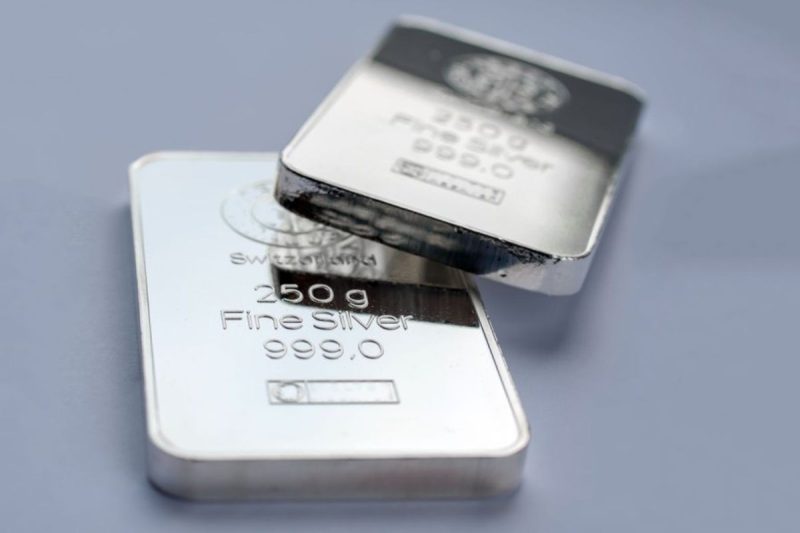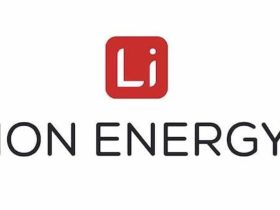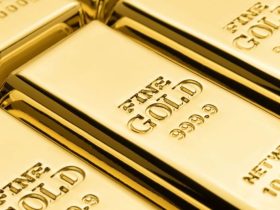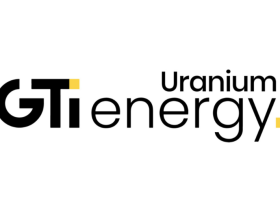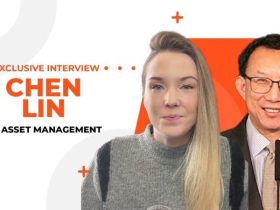The S&P/TSX Venture Composite Index (INDEXTSI:JX) ended the week flat, losing just 3.71 points to close at 531.09.
Bank of Canada Governor Tiff Macklem told reporters on Friday (October 13) that while he isn’t forecasting a serious recession, inflation remains stubborn. “Inflation’s still too high, it’s still too broad-based,” he said. The central bank held interest rates at 5 percent at its September meeting, but may choose to raise them again at its upcoming gathering on October 25.
Stubborn inflation remains a theme in the US as well. New data shows that wholesale inflation rose last month, with the producer price index climbing 2.2 percent year-on-year. The latest minutes from the US Federal Reserve indicate that while there may be one more hike in 2023, officials are honing in on a higher-for-longer strategy to fight high prices.
Even though the TSXV stayed relatively flat over the last week, some resource stocks made significant gains. Read on to discover which companies made moves and what was affecting their share prices.
1. Hercules Silver (TSXV:BIG)
Weekly gain: 76 percent; market cap: C$66.56 million; current share price: C$0.44
Hercules Silver is an exploration and development company focused on its Hercules project located northwest of Cambridge, Idaho. The asset, which was acquired by Hercules Silver in 2021, hosts a disseminated silver-lead-zinc system. Prior to its acquisition by Hercules, the site’s most recent exploration was in 1988; its most recent production was in 1920.
Company shares rose on Tuesday (October 10) following what Hercules describes as a ‘major new copper porphyry discovery.’ The company reported an interval of 185.29 meters of 0.84 percent copper, 111 parts per million (ppm) molybdenum and 2.6 grams per metric ton (g/t) silver, including 45.33 meters of 1.94 percent copper. The find came in the first deep drill hole completed at Hercules; it ended ‘prematurely’ due to drilling challenges, but could go deeper.
2. Arbor Metals (TSXV:ABR)
Weekly gain: 42.31 percent; market cap: C$139.73 million; current share price: C$1.85
Junior explorer Arbor Metals is focused on its Jarnet lithium project in the Eeyou Istchee James Bay region of Québec, Canada. It is comprised of 47 claims covering 3,759 hectares. Drilling at the project has confirmed lithium mineralization, with assay results including 0.93 percent lithium oxide and 114 ppm tantalum pentoxide from an interval of 146.8 meters.
On October 4, the company completed an exploration program at Jarnet and said it would proceed with a non-brokered private placement financing to raise gross proceeds of up to C$5 million. Arbor Metals closed the first tranche on Friday, issuing 1.16 million units of the company to raise gross proceeds of C$1.74 million.
3. Turmalina Metals (TSXV:TBX)
Weekly gain: 32 percent; market cap: C$12.87 million; current share price: C$0.165
Turmalina Metals is a gold, silver and copper explorer with a portfolio of projects in South America. Its primary site is the San Francisco gold project in San Juan, Argentina. The property covers 40,340 hectares and contains seven priority targets.
Company shares surged last week following the release of drill results from San Francisco. Intercepts from the Veta Rica target reveal near-surface highlights of 4.4 meters at 6.4 g/t gold, including a half meter segment at 28.6 g/t. The company has extended the strike length of the vein system from 300 meters to 1.5 kilometers.
4. Euro Manganese (TSXV:EMN)
Weekly gain: 25 percent; market cap: C$52.35 million; current share price: C$0.15
With a focus on the production of battery-grade manganese for the growing electric vehicle market, Euro Manganese is developing its Chvaletice manganese project in the Czech Republic; the company is also exploring opportunities to produce battery-grade manganese products in Becancour, Québec.
Shares of Euro Manganese climbed to C$0.15 last week after Chvaletice was selected on Wednesday (October 11) for support under the inter-governmental Minerals Security Partnership, which is made up of 13 countries and the EU. Euro Manganese will receive support through the leveraging of the financial and diplomatic resources of the partnership.
5. Solis Minerals (TSXV:SLMN)
Weekly gain: 25 percent; market cap: C$21.96 million; current share price: C$0.25
Centered on the battery minerals sector, Solis Minerals is a junior explorer with interests in Latin America. Its primary asset is the Borborema lithium project, which covers an area of 25,600 hectares in Northeast Brazil’s province of the same name. Additionally, the company has a 100 percent interest in 35,700 hectares of combined licenses and applications in prospective iron oxide-copper-gold and porphyry copper projects in Southwest Peru within the country’s Coastal Copper Belt.
Solis traded higher this week after it entered into an option agreement to purchase the Mina Vermelha lithium-cesium project, which will increase its presence in the Borborema province. The company confirmed grades in grab samples of 3.45 percent and 3.07 percent lithium oxide, along with a cesium grade of 28.3 percent. Drilling at the site is expected to begin in November.
FAQs for TSXV stocks
What is the difference between the TSX and TSXV?
The TSX, or Toronto Stock Exchange, is used by senior companies with larger market caps, while the TSXV, or TSX Venture Exchange, is used by smaller-cap companies. Companies listed on the TSXV can graduate to the senior exchange.
How many companies are listed on the TSXV?
As of September 2023, there were 1,713 companies listed on the TSXV, 953 of which were mining companies. Comparatively, the TSX was home to 1,789 companies, with 190 of those being mining companies.
Together the TSX and TSXV host around 40 percent of the world’s public mining companies.
How much does it cost to list on the TSXV?
There are a variety of different fees that companies must pay to list on the TSXV, and according to the exchange, they can vary based on the transaction’s nature and complexity. The listing fee alone will most likely cost between C$10,000 to C$70,000. Accounting and auditing fees could rack up between C$25,000 and C$100,000, while legal fees are expected to be over C$75,000 and an underwriters’ commission may hit up to 12 percent.
The exchange lists a handful of other fees and expenses companies can expect, including but not limited to security commission and transfer agency fees, investor relations costs and director and officer liability insurance.
These are all just for the initial listing, of course. There are ongoing expenses once companies are trading, such as sustaining fees and additional listing fees, plus the costs associated with filing regular reports.
How do you trade on the TSXV?
Investors can trade on the TSXV the way they would trade stocks on any exchange. This means they can use a stock broker or an individual investment account to buy and sell shares of TSXV-listed companies during the exchange’s trading hours.
Data for this 5 Top Weekly TSXV Performers article was retrieved on Thursday after market close using TradingView’s stock screener. Only companies with market capitalizations greater than C$10 million prior to the week’s gains are included. Companies within the non-energy minerals and energy minerals are considered.
Article by Dean Belder; FAQs by Lauren Kelly.
Securities Disclosure: I, Dean Belder, hold no direct investment interest in any company mentioned in this article.
Securities Disclosure: I, Lauren Kelly, hold no direct investment interest in any company mentioned in this article.

